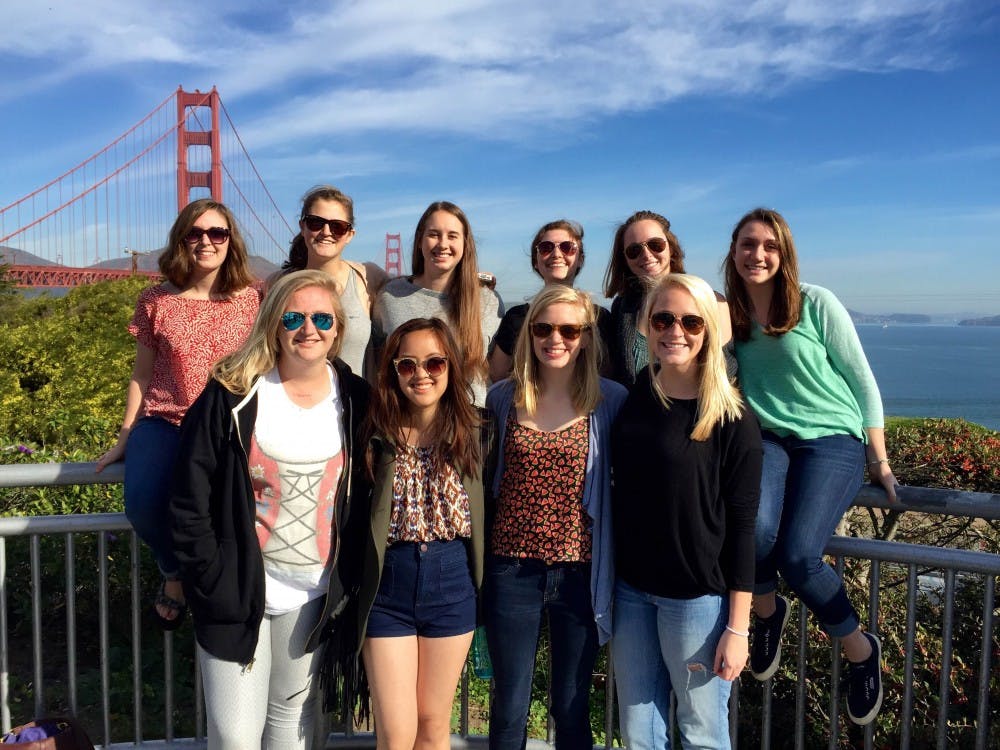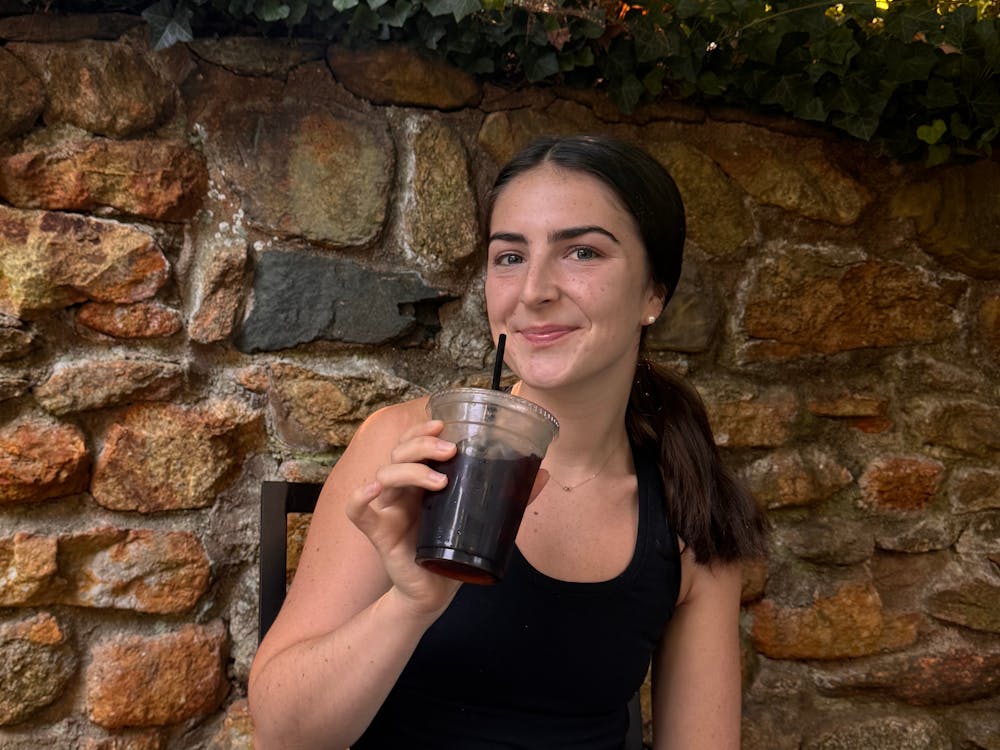Most students imagine their spring break to be exactly that — a break. Select students, however, dedicated their week to one of 29 service trips organized by the University’s Alternative Spring Break program.
Founded in 1992, ASB has a long tradition of service and leadership, garnering hundreds of student applications for trip placement each year. Unlike service trips organized through other schools, ASB is entirely student run and led. Two student “site leaders” are assigned to each site and select team members, in addition to coordinating travel plans and bonding activities throughout the week.
“Because all of the applications are name blind, it brings together different parts of the University,” fourth-year College student and ASB Vice President Rosa Waters said. “They can form uncommon friendships they may not have encountered otherwise. People bring different academic disciplines and areas of interest to reflections every night, [creating] rich conversation.”
During the week, students fan out in geographically diverse locations across the western hemisphere. ASB trips this year included California, Florida, the Virgin Islands, Utah, Costa Rica and Maryland, to name a few. Allowing students to experience the best of both worlds, ASB trips combine service with travel and grant students access to new experiences while helping others.
“I applied last year because I have always liked doing volunteer work and I wanted to do something different for spring break,” third-year Commerce student and Hilton Head site leader Neale Walton said. “I wanted to meet new people and see what it was like to build strong friendships based on only being with people for a week.”
ASB members said the key to a successful trip was a diverse group of volunteers, which is fostered through the application process. In a process of mutual selection, applicants rank trip preferences while site leaders rank applicants they deem well-suited for each trip.
“When people know each other well going into a trip, the group dynamic is definitely affected,” second-year College student and San Francisco site leader Amanda Halacy said. “It's awesome to see how 10 strangers become so incredibly close after just a week.”
While on location, ASB participants work into the afternoon and are granted free time in the evening to sightsee, connect with the local community and reflect upon the day. In preparing dinner together and engaging in group discussion, service groups build a bond not only with the community they serve but also with one another.
“I love that I get to meet a variety of different people — different years, different schools and different backgrounds,” Walton said. “We build bonds like none other, filled with inside jokes and trusting friendships.”
According to the organization’s website, ASB serves as, “a year-round experience that emphasizes self-awareness through educational and cultural programs that take place before, during, and after the projects.” As a requirement, each trip group gathers to discuss their work, the meaning of service and ways to bring what they have learned back to the University.
“[Participants] have those discussions [where they] really talk about bringing [their experiences] back to Charlottesville,” fourth-year College student and ASB President Caroline Trezza said. “That’s what ASB is really about — those conversations in addition to service.”
Historically, ASB has faced criticism due to the short nature of the trip. Whether or not it is helpful to offer service to communities for a single week at a time has been called into question.
“We have a lot of old articles criticizing the group from 2007 [and] as an executive board we try to ensure we don’t go back to that organization,” Trezza said. “Most of the trips bring one of those articles with them [to] talk about the criticisms and how they can do more in their interactions with the volunteers they work with to maximize what they can do and take away. We really try to address those valid criticisms.”
Additionally, the organization also encourages students to find new ways to bring back what they learned during the course of the trip to the Charlottesville community and expand their impact.
“It’s easy to come back from any trip and reflect on it and then keep on living life but we try to keep getting the groups together and talk about what they can take away,” Waters said.







